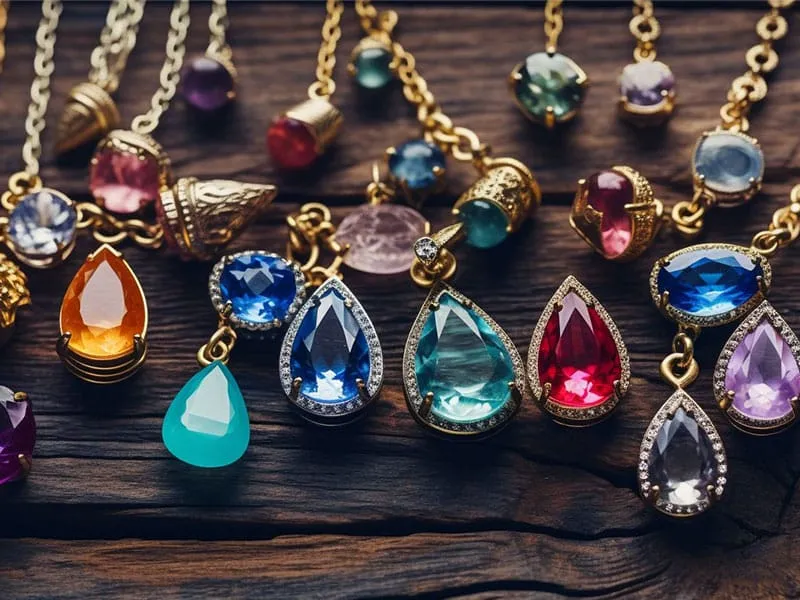
The Ultimate Guide To Birthstones
Ever found yourself mesmerized by the sparkle of a gemstone, only to discover it’s your very own birthstone?
It’s like uncovering a little piece of magic that’s been specially reserved for you.
Choosing jewelry can be overwhelming with so many options, but when it comes to finding that personal touch, knowing your birthstone is key.
It connects you not just to style but also history and tradition.
Did you know the American National Retail Jewelers Association officially standardized a list of birthstones back in 1912?
Yep, your dazzling diamond or elegant emerald isn’t just any stone; it comes with a legacy as rich as its luster.
This guide will unravel the information behind each month’s gem, offering nuggets of fascinating facts and their alleged powers to boot.
Key Takeaways
- Each month has its specific gemstone, with some months offering more than one choice; these stones not only hold aesthetic value but also historical significance and symbolic meanings such as strength, purity, and love.
- Birthstones like garnets in January offer protection, while diamonds in April represent everlasting love. Aquamarine for March ensures safe travels on water and sapphires in September symbolize wisdom.
- Certain birthstones claim healing properties; amethysts are believed to soothe the wearer and promote clarity of thought, while rubies can evoke passion and vitality.
- The origin of naming these gems often ties back to ancient times or linguistic roots—for example, “sapphire” suggests blue hues reminiscent of the sky, whereas “emerald” comes from a word meaning green stone.
- Birthstone jewelry isn’t just about celebrating birthdays or anniversaries—they can be worn to enjoy their beauty, incorporate personal significance into daily life or as a means of expressing one’s unique style.
Understanding Birthstones
Birthstones carry a rainbow of stories, each with its unique shade of historical significance and personal meaning.
These gems go beyond mere decoration; they’re woven into human history, bearing tales from ancient mythologies to the crowns of kings.
Every month has its designated precious stone or stones that symbolize traits such as purity, strength, or love.
Emeralds radiate growth in May, while December’s turquoise offers protection.
Surprisingly, birthstones aren’t just about tradition—they also hold claims to healing properties and therapeutic influence.
Imagine slipping on an amethyst ring and feeling stress slip away because purple quartz is believed to soothe the wearer.
And then there are diamonds—coveted for engagement rings—not only for their brilliance but also for representing everlasting love.
As we delve into each gem’s particular story next, let’s uncover how these jewels have become part of life’s most celebrated moments.

Birthstones by Month
From January to December, each month is associated with a specific birthstone that holds its own unique significance and symbolism.
Whether you’re looking for a birthday gift or simply want to learn more about these precious gemstones, exploring the birthstones by month can be an exciting journey filled with rich history and cultural meanings.
January: Garnet
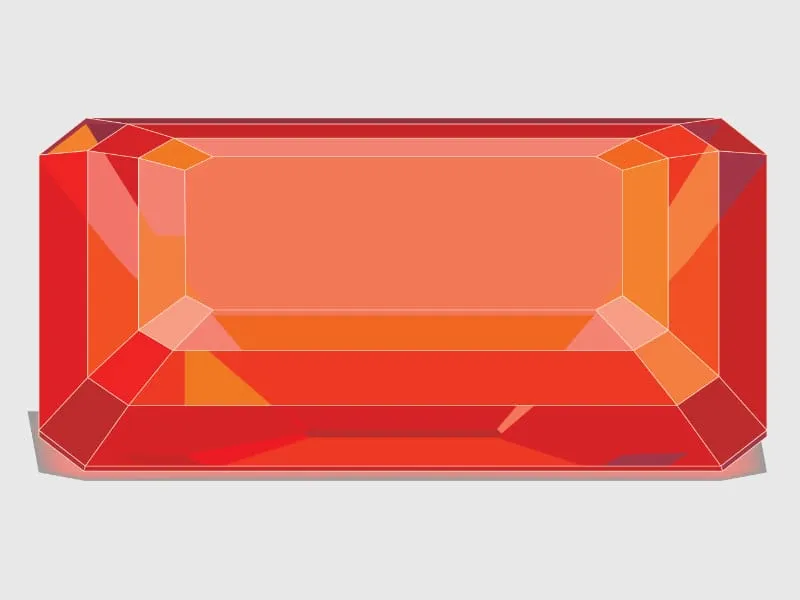
Garnets light up January with their rich, red glow, reminiscent of a warm fire on a cold winter’s night.
This precious gemstone isn’t just single-hued; it comes in an array of colors from deep green to soft pink, but the most celebrated shade is that robust red garnet.
Back in ancient times, warriors believed garnets brought them protection and victory in battle – talk about tough love!
These stones don’t just pack a historical punch; they’re also thought to symbolize friendship and trust among those who wear them.
Crafted into stunning jewelry, these gems can turn heads at any occasion.
They’re not only for birthday celebrations; they also mark second wedding anniversaries as symbols of enduring affection.
February: Amethyst
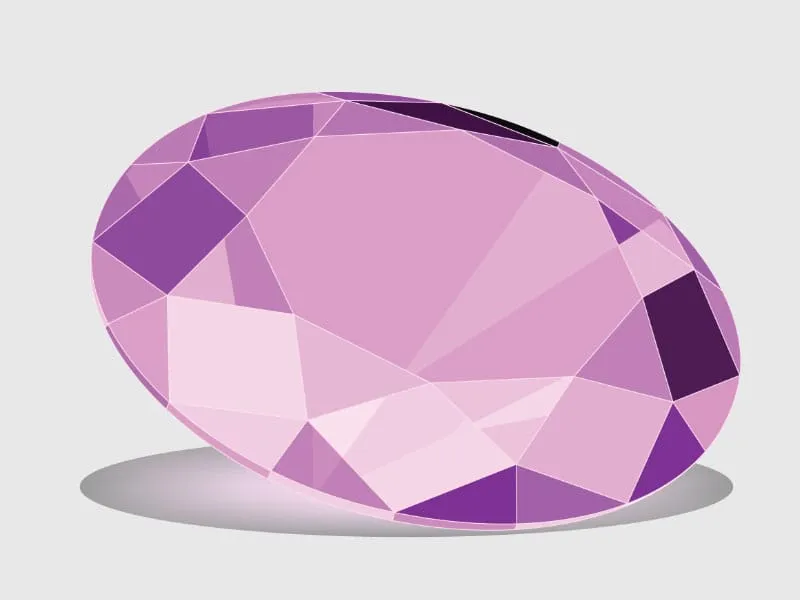
February’s birthstone, the amethyst, is truly a sight to behold with its rich purple hues that range from deep violets to lighter lilacs.
This precious stone has been adored for centuries and often represents clarity of mind and soberness, taking its name from the Greek word “amethystos,” which means “not intoxicated.”
Legend has it wearing an amethyst could prevent the wearer from drunkenness—a belief that made wine goblets decked in amethyst quite popular among royals.
Crafted into stunning pieces of jewellery, amethysts hold their own with pride alongside other gemologically celebrated stones like sapphires and diamonds.
Their unique color owes to trace amounts of iron and other minerals within their crystal structure.
Amethysts can be found sparkling in crowns and scepters across history—reminding us that this gem is not only February’s treasure but also a royal favorite through time.
Jewelers often seek out these gems for their durability; on the Mohs scale of hardness, they score a respectable seven out of ten.
Whether set in rings, necklaces or earrings, an amethyst adds a touch of regal elegance to any ensemble while bringing forth an air of mystical powers long associated with this captivating jewel.
March: Aquamarine and Bloodstone

Aquamarine, the enchanting gemstone of March, shimmers with a serene blue hue reminiscent of the ocean’s depths.
Believed to protect sailors and guarantee a safe voyage, aquamarine is steeped in maritime mythology.
The stone’s name originates from the Latin words “aqua” for water and “marina” for sea, aptly reflecting its mesmerizing aqua-blue coloration.
Bloodstone, another birthstone associated with March, exudes an earthy allure with its deep green hue speckled with red spots resembling drops of blood.
Also known as heliotrope, this mystical gem has been linked to numerous legends and beliefs throughout history.
Embodying notions of courage and strength, bloodstone has been revered by various cultures for its protective properties and ability to imbue vitality.
April: Diamond
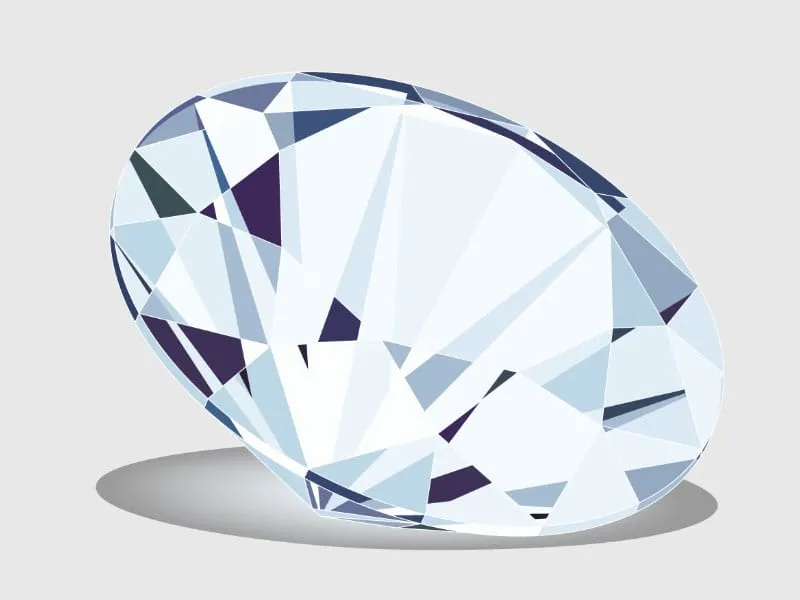
After exploring the tranquil hues of March’s aquamarine and bloodstone, we arrive at April, where the spotlight shines on the timeless beauty and brilliance of diamonds.
A symbol of everlasting love and strength, diamonds are cherished for their unparalleled sparkle and breathtaking allure.
From engagement rings to stunning jewelry pieces, diamonds hold a revered place in both fashion and sentiment.
With their exceptional hardness rating on the Mohs scale, diamonds stand as a testament to durability.
These coveted gemstones come in various cuts – from classic round brilliants to fancy shapes like princess or pear – adding versatility to their already captivating charm.
May: Emerald
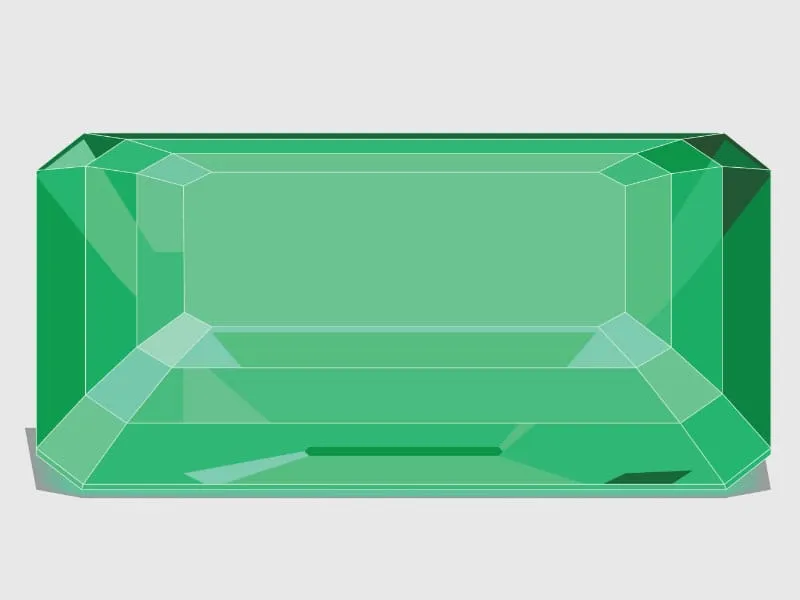
Emerald, a lustrous green gemstone, is the birthstone for May.
Its intense color and stunning beauty have made it highly coveted throughout history.
Associated with rebirth and love, emerald symbolizes hope and renewal—perfect for heralding the arrival of spring.
The name “emerald” comes from the Greek word “smaragdus,” meaning green stone.
The rich history of emeralds traces back to ancient Egypt, where they were cherished by Cleopatra.
Today, emeralds are still celebrated for their exquisite hue and timeless allure.
As one of the four precious gemstones (alongside diamonds, rubies, and sapphires), emeralds hold sway in both traditional folklore and modern fashion trends.
Their lush appearance makes them a favorite choice for elegant jewelry pieces.
June: Moonstone, Alexandrite, and Pearl

June boasts three exquisite birthstones – the luminescent moonstone, the color-changing alexandrite, and the classic pearl.
Moonstone’s ethereal sheen captivates with its shimmering play of light, symbolizing new beginnings and emotional balance.
Alexandrite’s unique ability to shift color from green to red under varying lighting conditions offers a captivating allure, representing harmony and good fortune.
Meanwhile, the timeless pearl embodies purity and wisdom, making it a treasured symbol of sophistication and elegance for centuries.
Alexandrite has an intriguing background that involves folklore surrounding its transformative nature.
Though initially discovered in Russia’s Ural Mountains in 1830 near Alexander II’s birthday (hence its name), it is now found in Sri Lanka, East Africa Georgia, Myanmar and Brazil.
July: Ruby
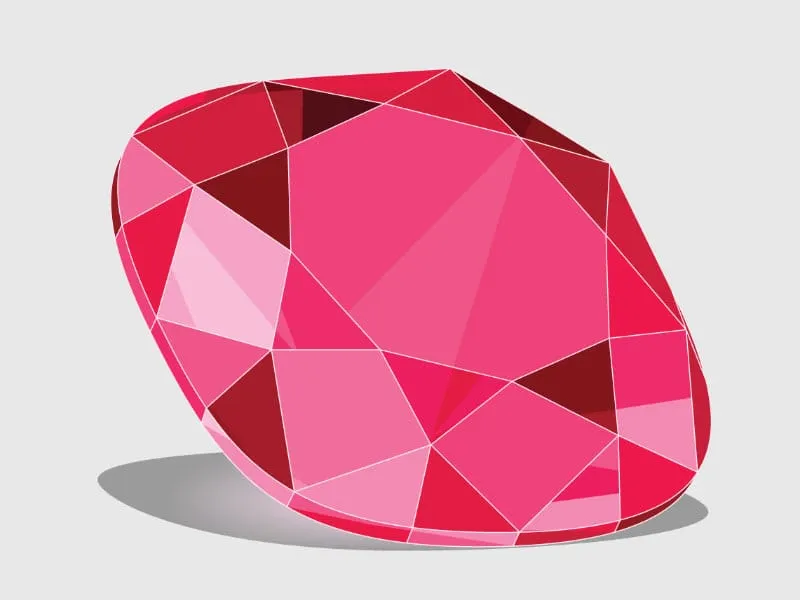
Transitioning from the iridescent beauty of June’s moonstone, alexandrite, and pearl, we arrive at July’s fiery birthstone: ruby.
As one of the most revered gemstones in history, rubies are known for their deep red color and exceptional hardness.
The name “ruby” is derived from the Latin word “ruber,” meaning red – a fitting description for this captivating stone.
Ruby is prized not only for its stunning appearance but also for its symbolism.
This precious gem has long been associated with passion, love, and prosperity throughout various cultures and time periods.
August: Peridot, Spinel, and Sardonyx
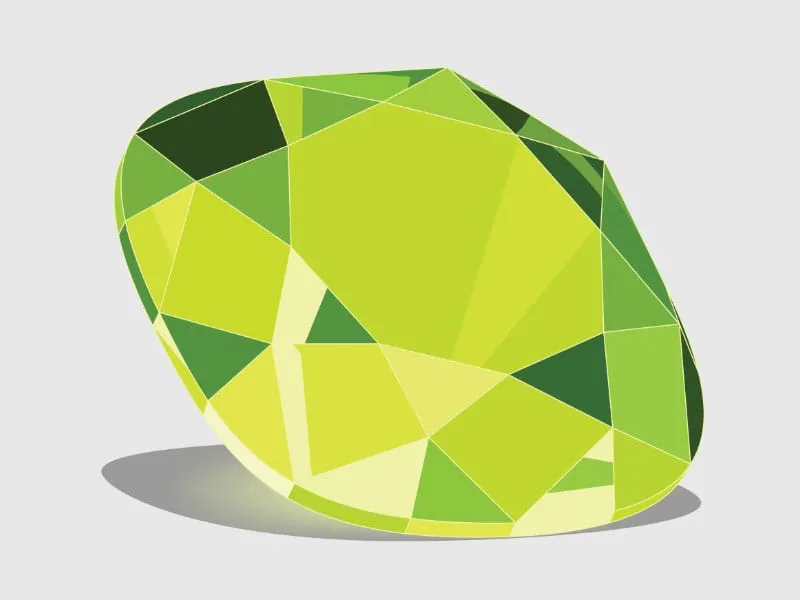
The birthstones for August, namely Peridot, Spinel, and Sardonyx, boast unique characteristics that make them stand out.
The olive-green charm of Peridot is believed to bring good fortune and peace to its wearer.
Meanwhile, the diverse range of colors found in Spinel – from vibrant reds to cool blues – has captivated gem enthusiasts for centuries.
On the other hand, Sardonyx charms with its striking bands of orange and white or brown and black, symbolizing courage and strength throughout history.
These precious gemstones offer a delightful array of hues that appeal to different tastes while carrying their own storied meanings.
Whether you’re drawn to the soothing green glow of Peridot or the kaleidoscopic allure of Spinel’s shades, August’s birthstones provide an intriguing glimpse into the world of gemstone diversity and significance.
September: Sapphire
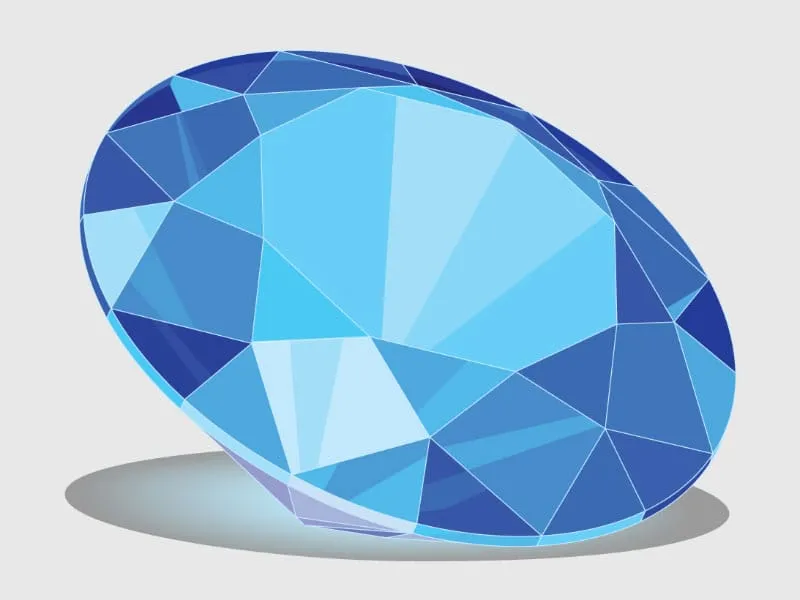
Transitioning from the vibrant and diverse August birthstones, we come to September’s stunning gemstone – the Sapphire.
Renowned for its amazing blue hues, the sapphire has been cherished throughout history as a symbol of wisdom, royalty, and divine favor.
These precious gemstones are a variety of corundum, known for their exceptional hardness surpassed only by diamonds.
While sapphires are commonly associated with velvety blue shades, they also occur in an array of captivating colors including pink, yellow, green, and even the rare orange-pink Padparadscha sapphire.
Sapphires have adorned royals and dignitaries for centuries and continue to be highly sought after in modern jewelry due to their timeless beauty and durability.
Their significance extends beyond jewelry as well; for instance, the iconic Blue Sapphires featured prominently on the British royal regalia symbolize purity and wisdom while serving as a powerful representation of sovereignty and strength.
October: Opal and Tourmaline

Transitioning from the elegance of sapphire in September, we reach October, which boasts not one but two captivating birthstones: opal and tourmaline.
Opal, known for its kaleidoscopic play-of-color, captures attention with its iridescence and is believed to symbolize hope and purity.
Tourmaline comes in a mesmerizing array of colors, offering something for everyone – from pink to green to blue and beyond.
This diverse gemstone is associated with creativity and inspiration.
Opal’s name originates from the Greek word “opallios,” meaning “to see a change of color.”
As one gazes at the stone, it seems as though an entire spectrum of hues dances within it.
November: Topaz and Citrine
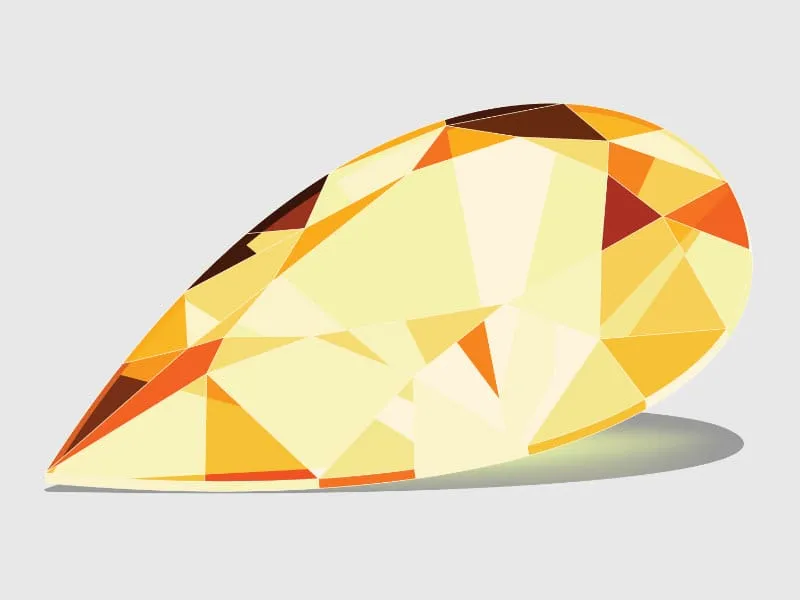
Transitioning from the bewitching hues of Opal and Tourmaline in October, November brings us the warm and vibrant topaz and citrine.
Topaz, known for its golden to amber tones, symbolizes strength and vitality.
Citrine, with its sunny yellow glow, is associated with warmth and energy.
Both gemstones are believed to bring prosperity and abundance to those who wear them.
Topaz can be found in a range of colors besides the well-known golden variety; blue topaz being one of the most sought after.
Citrine’s distinct yellow tone ranges from pale lemon to deep orange-brown, lending itself as an ideal stone for fall jewelry pieces.
December: Turquoise, Tanzanite, and Blue Zircon
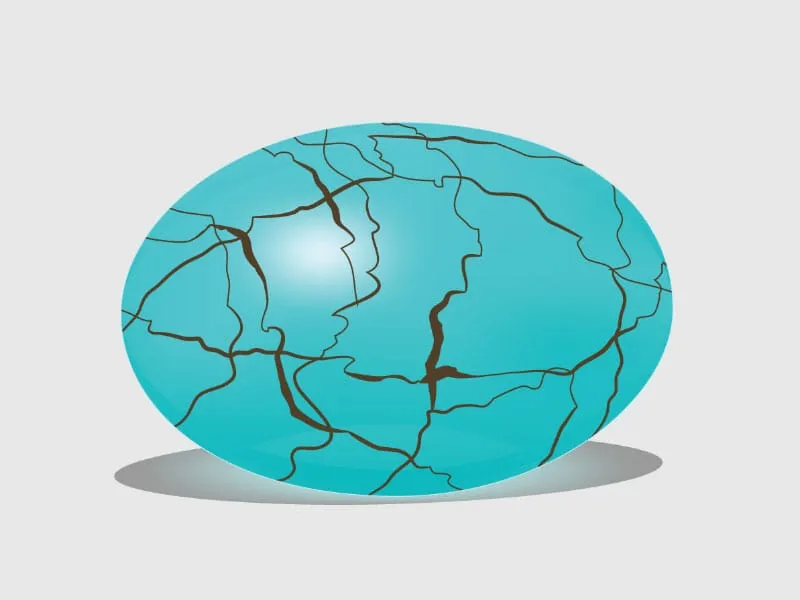
Transitioning from the warm tones of November’s Topaz and Citrine, December offers a cool palette with its birthstones—Turquoise, Tanzanite, and Blue Zircon.
Turquoise is renowned for its striking blue-green hues and has been prized throughout history for its beauty.
Tanzanite, on the other hand, is a relatively modern addition to the list of birthstones and is cherished for its mesmerizing violet-blue color.
Lastly, Blue Zircon captivates with its brilliant azure shades that evoke visions of tranquil waters.
Each December birthstone carries unique characteristics that make them stand out as symbols of tranquility and elegance.
With their enchanting colors and intriguing histories, these stones hold immense appeal for those born in the final month of the year or anyone seeking to imbibe their aesthetic allure into their jewelry collection.
The Significance of Each Birthstone
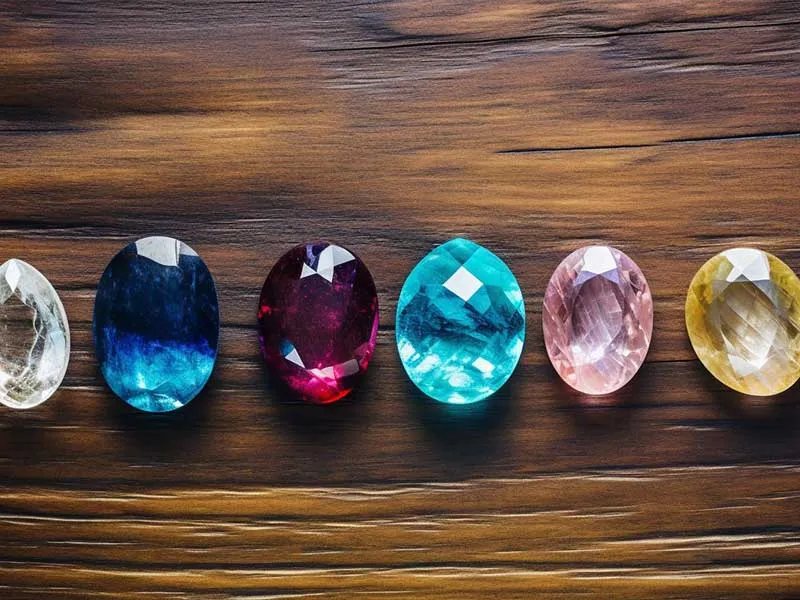
Each birthstone holds its own unique significance and symbolism, representing different qualities and characteristics that make them special to each individual.
There are captivating stories behind these gemstones to understand.
Garnet: Lights the way
Garnet, a deep red gemstone, has long been admired for its lustrous appearance and symbolic significance.
This captivating stone is believed to light the way, offering protection to those who wear it.
With its rich color reminiscent of glowing embers, garnet represents courage, strength, and guidance.
Its name is derived from the Latin word “granatum,” meaning pomegranate seeds – a connection that deepens its allure and evokes images of vitality and abundance.
As one of January’s birthstones, garnet holds special meaning for those born during this month.
The gemstone’s radiant energy mirrors the optimism and determination often associated with the beginning of a new year.
Amethyst: The Purple Princess
Amethyst, the birthstone for February, is a vibrant purple gem with a fascinating history and charm.
This regal stone has been adored for centuries due to its stunning color and association with royalty.
Its name stems from the Greek word “amethystos,” meaning “not drunken,” as people believed it could prevent intoxication.
The rich purple hue of amethyst symbolizes wisdom, spirituality, and sobriety.
Ancient Greeks and Romans considered this gem to be a safeguard against drunkenness and adorned their goblets with amethyst to ward off inebriation during feasts.
Today, amethyst continues to captivate with its enchanting allure, making it a beloved choice for jewelry enthusiasts worldwide.
Aquamarine: Goddess of the Sea
Transitioning from the regal Purple Princess to the serene oceanic realm, we encounter Aquamarine, known as the Goddess of the Sea.
Its tranquil blue hues evoke images of crystal-clear waters and exude a soothing energy that connects with the essence of the sea.
This precious gemstone is believed to bring courage, clarity, and peace to those who wear it.
In ancient lore, aquamarine was treasured by sailors for its purported ability to protect them during voyages across tumultuous seas.
With its ethereal beauty and mystical associations with the sea, aquamarine embodies a sense of tranquility and strength that captivates all who behold it.
A symbol of eternal youth and happiness in Greek mythology, aquamarine has been revered throughout history for its embodiment of purity and serenity.
Its name itself reflects this association with water – “aqua” meaning water in Latin – further emphasizing its connection to aquatic realms.
Diamond: Queen of Them All
April’s birthstone, the diamond, holds an unrivaled status in the gemstone world.
It symbolizes strength, resilience, and eternal love, making it a popular choice for engagement rings and other meaningful jewelry.
Diamonds are formed deep within the earth under extreme pressure and heat millions of years ago.
They are then brought to the surface through volcanic eruptions—a fascinating journey that adds to their allure.
Renowned for their exceptional hardness and brilliance, diamonds have been treasured throughout history by royalty and commoners alike.
The diamond’s timeless beauty has secured its place as a symbol of luxury and romance across diverse cultures.
From adorning royal crowns to gracing Hollywood red carpets, diamonds continue to captivate hearts with their sparkling elegance.
Ruby: The True Red
Transitioning from the brilliance of diamonds, we arrive at the vibrant world of rubies.
Known as “The True Red,” this precious stone has captivated civilizations for centuries with its deep red hue and remarkable luster.
Ruby’s rich color comes from traces of chromium within the mineral corundum, giving it a fiery allure that symbolizes passion, energy, and vitality.
Coveted by royalty and revered in ancient legends, rubies have been prized for their exceptional rarity and striking beauty.
Their association with love and power makes them an ideal choice for timeless jewelry pieces that exude elegance and sophistication.
Sapphire: Gem of the Sky
Sapphire, known as the “Gem of the Sky,” captivates with its mesmerizing blue hues.
This precious stone symbolizes wisdom, royalty, and divine blessings, making it a cherished choice for September-born individuals and those seeking to tap into its celestial energy.
The vivid shades of sapphire evoke feelings of tranquility and inner peace, while its durability and brilliance make it an ideal gem for jewelry that withstands daily wear.
Whether set in a ring or pendant, sapphires exude timeless elegance and allure – truly a gem worthy of admiration.
Sapphire’s association with the heavens is rooted in various cultures throughout history; from being considered sacred by ancient Persians to adorning royal regalia such as the British coronation crown.
Conclusion
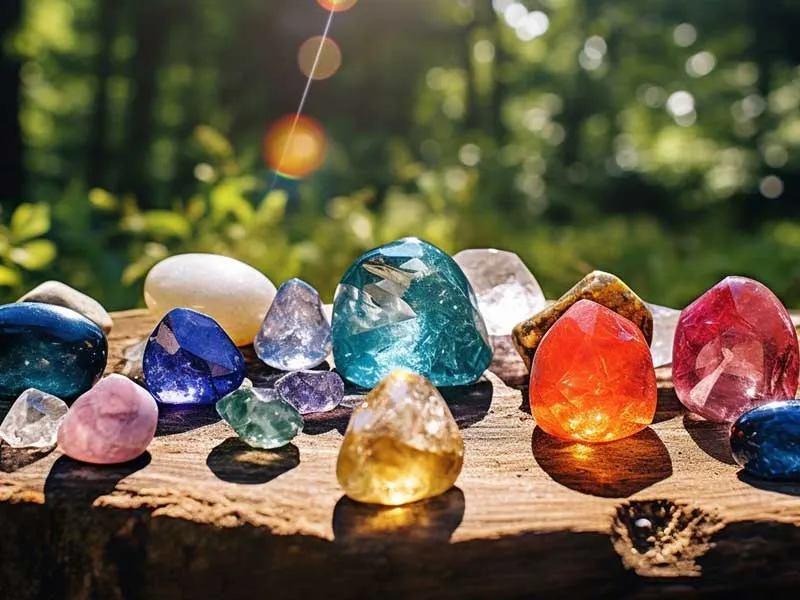
We have explored the world of birthstones and uncovered some of their significance.
Each stone resonates with individual months, offering unique symbolism and beauty.
Consider incorporating these timeless gems into your personal style or as meaningful gifts for loved ones.
Embrace the history, culture, and allure behind these precious stones to deepen your appreciation for their extraordinary qualities.
With this knowledge in hand, you can enjoy the captivating energy and symbolism of birthstones that add a touch of charm and elegance to everyday moments.
FAQs About Birthstones
What exactly are traditional birthstones?
Traditional birthstones are special precious stones linked to each month of the year, with a unique history and meaning, such as sparkling diamonds for April or deep red garnets for January.
Can birthstones change based on zodiac signs?
Yes, certain stones like moonstones or aquamarines might be called your zodiac stone because some believe these gems connect better with the personality traits of specific zodiac signs.
Who first came up with the idea of wearing birthstones?
The history of birthstones stretches back to ancient times and is thought to be connected to the breastplate of Aaron from the Bible, which Louis Comfort Tiffany later popularized in modern culture.
Are all rubies and sapphires considered birthstones?
Not all varieties; only specific ones like rich red balas rubis for July or vivid blue sapphirus for September act as traditional monthly gem symbols.
What makes emeralds so precious among other green stones like peridotite or olivine?
Emeralds stand out due to their vibrant color and rarity, often found in exclusive locations like Colombia’s emerald mines – plus they’re part of famous treasures like the Imperial State Crown!
Do people use any other rocks apart from crystal-like gems as birthstones?
Absolutely! Some months celebrate less sparkly but equally beautiful stones such as chalcedony or jasper that come polished into smooth cabochons suitable for cameos or intaglios.




